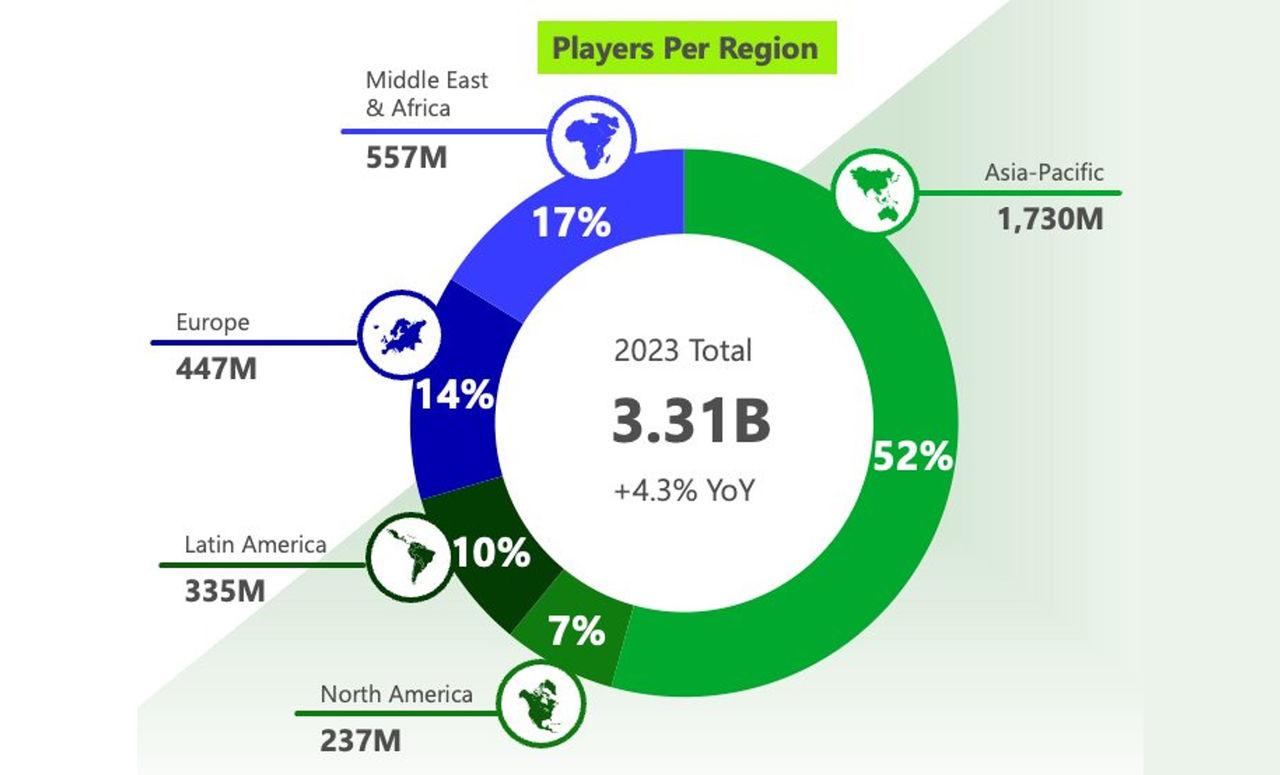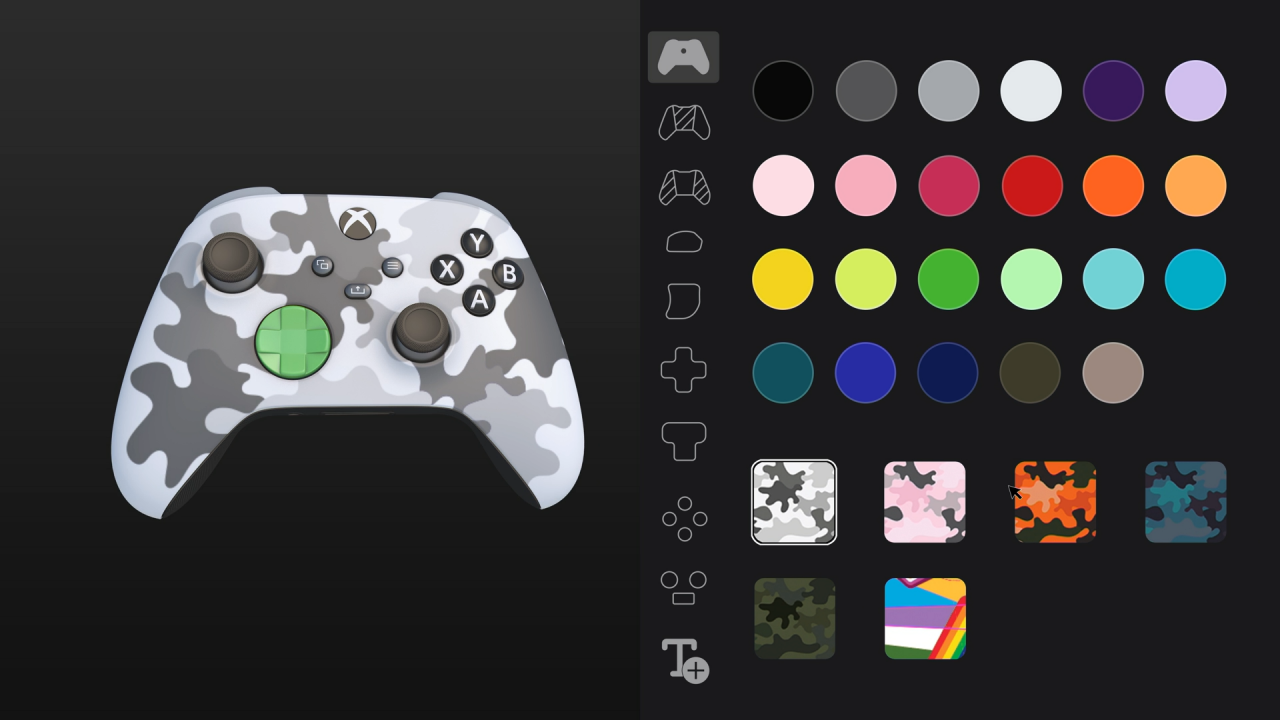GLOBALIZATION
I feel at home.

Create a product experience where customers feel at home.
What this means:
We create products with local relevance.
- We recognize the difference in local needs, barriers, and experiences for players around the globe.
- We develop meaningful products and services for an international market and scale.

Source: Newzoo Global Games Market Report, Jan 2024 Update
Getting Started with Globalization
How can you help customers feel at home in your product experience?
Questions to Consider
- Are you speaking to international customers in a way that resonates locally (with the local language, culture, etc.)?
- What aspects of the product experience change for customers in different parts of the world? (i.e.; infrastructure, economic, identity, payment systems, compliance, knowledge, information flow, etc.)
- What barriers may exist for customers in different parts of the world in the current product experience?
- How do you validate your product UI, terminology, and flow will resonate for customers around the globe?
- How could your product feel more culturally relevant for the different regions where your product will launch?
- What parts of the experience could make a customer feel part of the outgroup when using your product?
- Do you have a process to review key decisions with the lens of global relevance?
Globalization Product Inclusion Actions
Metrics: Measuring Progress
The metrics below are meant to help jump-start thinking about how a team might measure inclusion for Globalization. Think of it as an example and go beyond it to find the metrics that work best for your project. Engage Data Science and User Research teams to see what data is available to you. If the data you need doesn’t exist yet, it’s a prime opportunity to start tracking it and understand how to open a door to Globalization!
When considering Global Readiness in relation to inclusive content, it's easiest to look at the factors that influence geopolitical risk to our games and related collateral in worldwide markets.
- Market Penetration: Measure engagement with gamers in each region; review what % of gamers in a region are engaging with your content/product. Example: Measure this by taking Total Xbox users in a region/Total Gamers in a region. Indicates global reach and acceptance.
- Localization Quality: Measure the effectiveness of localized content through user feedback and error rate reporting. Measures the quality of localization efforts.
- Growth Markets: Measure the rate of growth in MAU (Monthly Active Users) /MAD (Monthly Active Devices) in a region as compared to growth rate in healthiest markets. Example: Measure this by looking at Growth rate in a region/growth rate in healthiest market. Indicates growth proportions and health of market and equitability in investments.
- Cultural Relevance Score: User ratings on how culturally relevant they find the product. Assesses whether the product feels at home in various cultures.
- Global Customer Feedback Loop Efficiency: The time it takes for global customer feedback to be acknowledged and acted upon. Indicates responsiveness to global user needs.
- Regional/Market Views on Metrics: Looking at your other metrics (such as New User Retention and Engagement) with a regional or market view might help reveal disparities in your experience. Look at what metrics are most important to you across all doorways and then add that globalization lens.







